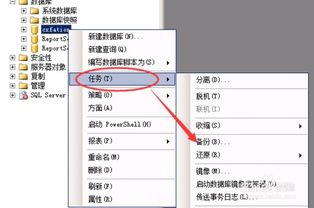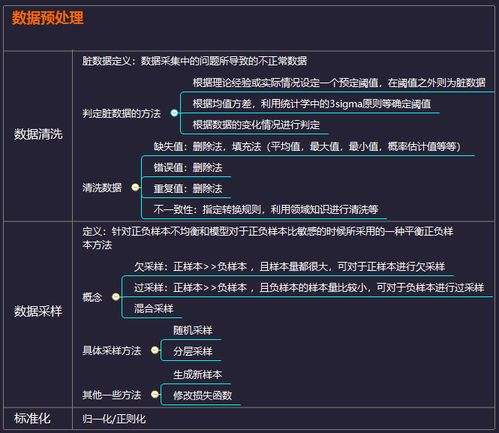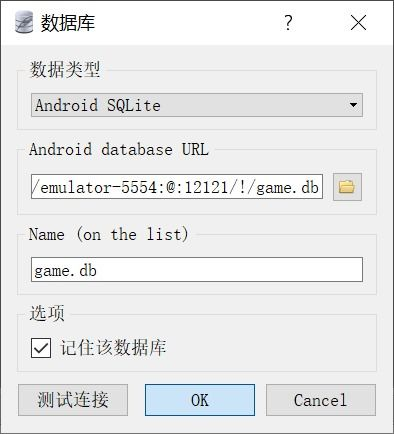MySQL Database Structure Exploration, Understanding Tables and Schemas
Understanding MySQL Database Structure
To effectively manage and interact with databases in MySQL, it’s crucial to understand the underlying structure. A typical MySQL database consists of several tables, each containing rows and columns that store data. The schema defines how data is organized, interrelated, and maintained in these tables. MySQL provides several commands to inspect database structure, allowing users to obtain valuable insights into the schema, such as table definitions and relationships.
Using SHOW Commands
One of the simplest ways to view the structure of a MySQL database is through the use of the SHOW commands. Here are some common use cases:
SHOW DATABASES;– This command will list all databases in your MySQL server, providing a quick overview of available databases.USE database_name;– This command switches the focus to the specified database, allowing further queries to be run within its context.SHOW TABLES;– After selecting a database, you can use this command to list all tables contained within that database.
These commands form the basis for exploring the database structure. It's important to note that all commands should be executed in a MySQL command-line client or any MySQL management tool.
Retrieving Table Structure with DESCRIBE
Once you have identified the tables within a database, you can use the DESCRIBE command to obtain detailed information about the structure of a specific table. The command looks like this: DESCRIBE table_name;. This will return a result set containing the following information about the columns in the table:
- Field – The name of the column.
- Type – The data type of the column (e.g., INT, VARCHAR, DATE).
- Null – Indicates whether the column can contain NULL values.
- Key – Indicates if the column is indexed.
- Default – The default value for the column.
- Extra – Additional information (e.g., auto-increment properties).
This detailed view is critical for understanding the data types and constraints applied to the fields within your table, helping you design queries effectively.
Using INFORMATION_SCHEMA
For a more advanced exploration of your database schema, you can leverage the INFORMATION_SCHEMA, which is a meta-database available in MySQL. This database provides access to data about all other databases on the server. You can perform queries against it to retrieve detailed information about tables, columns, indexes, and relationships. For example, the following query retrieves names and types of all columns in a specific table:
SELECT COLUMN_NAME, DATA_TYPE
FROM INFORMATION_SCHEMA.COLUMNS
WHERE TABLE_NAME = 'your_table_name'
AND TABLE_SCHEMA = 'your_database_name';
This approach allows for a deeper inspection of the database schema, facilitating advanced data analysis and database management tasks.
In summary, understanding how to view the structure of a MySQL database is essential for effective database management. Utilizing simple SHOW commands, the DESCRIBE command, and querying the INFORMATION_SCHEMA can provide a comprehensive insight into the data organization and schema design of your databases. Mastering these techniques will enhance your database query capabilities and overall data handling proficiency.





